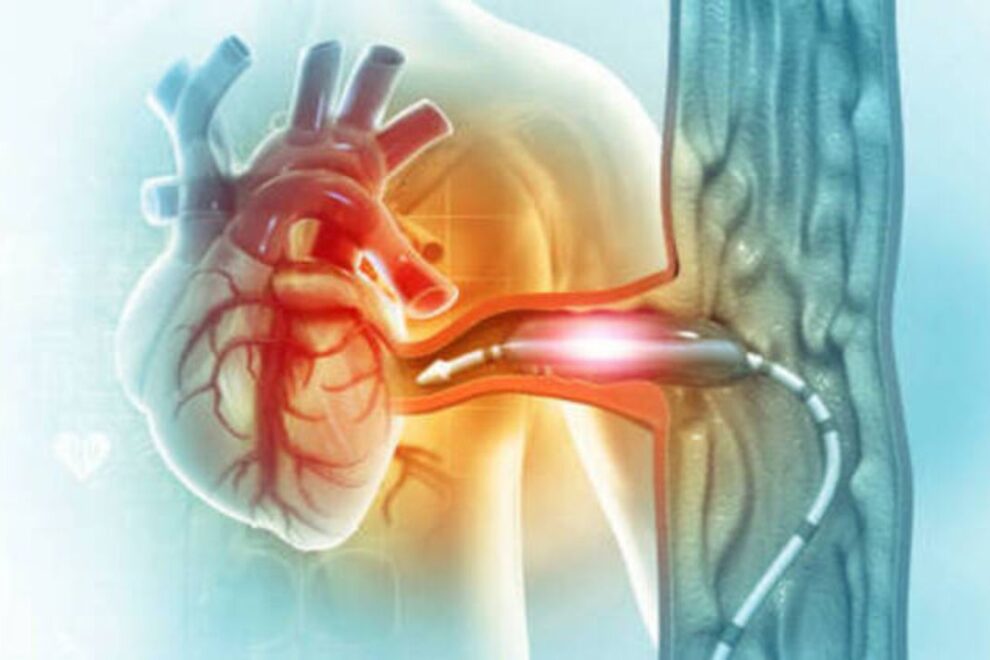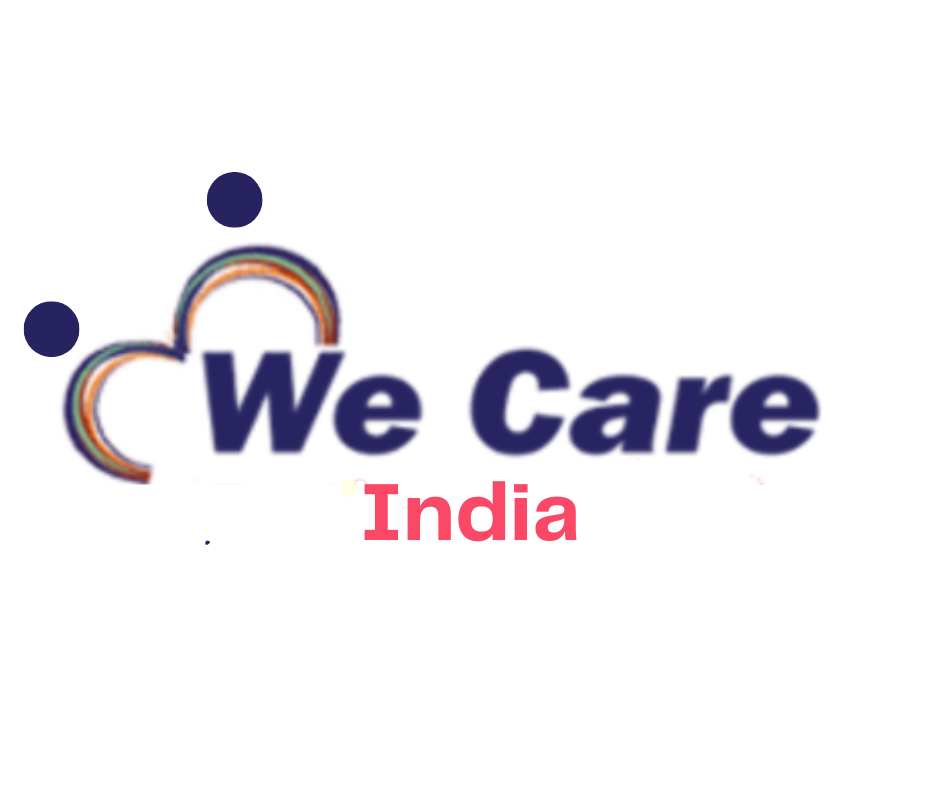Renal Vein Thrombosis Surgery and Cost in India
Although renal vein thrombosis (RVT) has numerous etiologies, it occurs most commonly in patients with nephrotic syndrome (ie, >3 g/d protein loss in the urine, hypoalbuminemia, hypercholesterolemia, edema).
The syndrome is responsible for a hypercoagulable state. The excessive urinary protein loss is associated with decreased antithrombin III, a relative excess of fibrinogen, and changes in other clotting factors; all lead to a propensity to clot. Numerous studies have demonstrated a direct relationship between nephrotic syndrome and both arterial and venous thromboses. Why the renal vein is susceptible to thrombosis is unclear.


Free Doctor Opinion
The renal vein may also contain thrombus after invasion by renal cell cancer. Other less common causes include renal transplantation, Behcet Syndrome, hypercoagulable states, and antiphospholipid antibody syndrome.
Causes
In children, most cases of renal vein thrombosis are thought to be caused by an episode of severe dehydration . Severe dehydration decreases blood volume and causes the blood to clot more readily. Symptoms occur rapidly.
In adults, renal vein thrombosis can be caused by injury to the abdomen or back, malignant kidney tumors growing into the renal vein, scar formation (stricture) and other blockages in the vein, or kidney diseases that cause degenerative changes in the cells of the renal tubules (nephrotic syndrome).
Wish to speak to us now? Send us a message and we will call you back –click here
Or email at [email protected] / Call +91 9029304141
Symptoms Surgery in india
Acute onset of renal vein thrombosis at any age causes pain in the lower back and sides of the abdomen, fever , bloody urine, decreased urine output, and sometimes kidney failure.
Other symptoms include high blood pressure or a “whooshing” sound heard by the physician when he or she places a stethoscope on the abdomen. This sound is the result of blood attempting to pass through the blocked vessel. The doctor may also feel an enlarged kidney during a physical exam. Some patients have no symptoms.
RVT has been reported as idiopathic or in association with puerperium, hypercoagulable states, membraneous glomerulonephritis (MGn), renal transplantation, malignancy, and renal vein instrumentation or trauma. Due to its rarity, the literature describing RVT consists mainly of isolated case reports and there are no consistent recommendations regarding diagnosis and treatment of this vascular emergency.
Treatment in india
Anticoagulant therapy may be given to prevent formation of new clots. Conservative treatment may also be ordered; the patient may be placed on bed rest or limited activity for a brief period, allowing the thrombosis to resolve over time.
Surgery must be performed within 24 hours of thrombosis, but even then it has only limited success because thrombi often extend into the small veins. Extensive intrarenal bleeding may necessitate nephrectomy.
In patients who are nephritic, reduction in proteinuria is essential; the current standard is angiotensin-converting enzyme inhibition. Patients who survive abrupt thrombosis with extensive renal damage develop nephrotic syndrome and require treatment of renal failure, such as dialysis and possible transplantation. Some infants with renal vein thrombosis recover completely after heparin therapy or surgery; others suffer irreversible kidney damage.
Looking for a free cost estimate for Cosmetic Surgery in India abroad –click here
Or email at [email protected] / Call +91 9029304141
Read Also :-
- Stenting for GI Tract Surgery: A Minimally Invasive Solution in Digestive Health
- Surrogacy Agency in India: Professional Guidance for Your Parenthood Journey
- Sigmoidoscopy Surgery in India: Early Detection and Affordable Care for Colon Health
- Advanced Spondylosis Surgery in India: Procedures, Costs & Leading Hospitals
- Stenting for GI Tract Surgery: A Minimally Invasive Solution in Digestive Health
- Sigmoid Colectomy in India: Advanced and Affordable Colon Surgery
Committed To Build Positive, Safe, Patient Focused Care.
High Quality
Care
Home Review
Medicine
All Advanced
Equipment
Book An Appointment

At We Care India, we offer complete medical services for your entire family, from routine check-ups to injury care, ensuring personalized attention and expert assistance for all your health needs.


